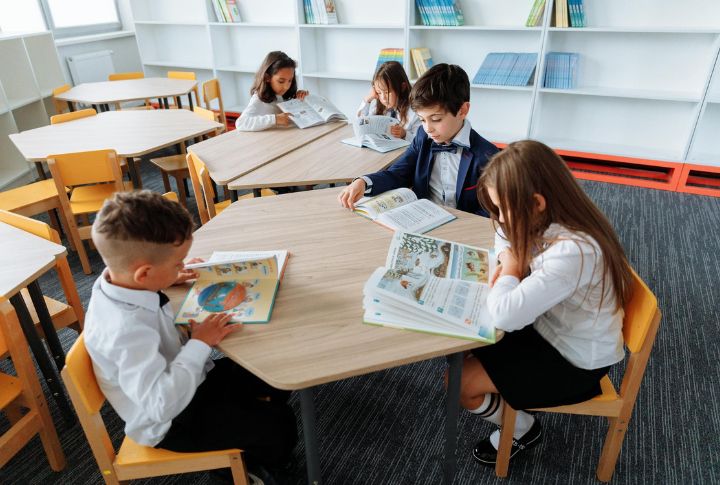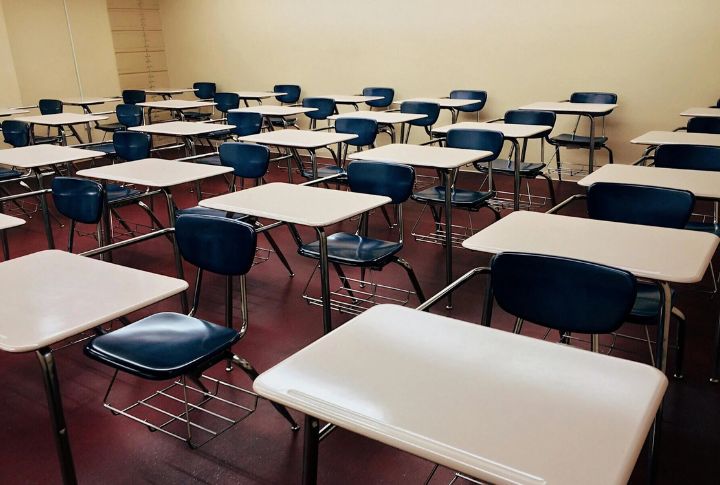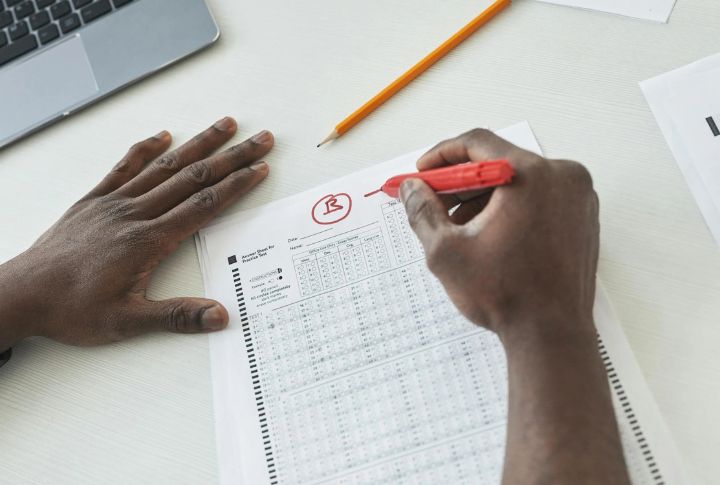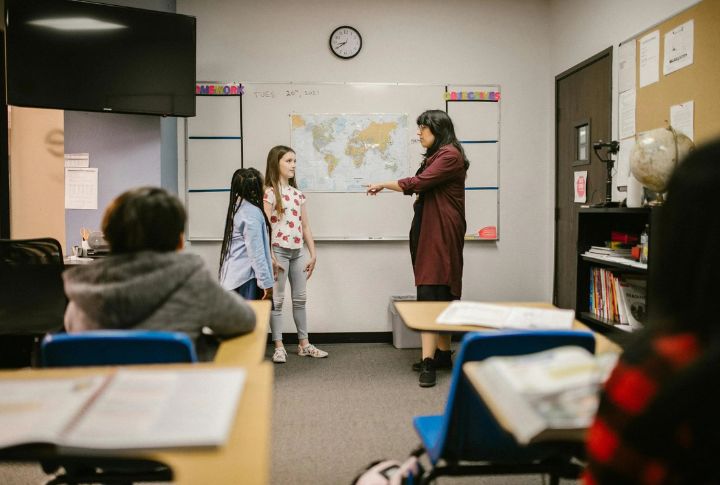
Let’s be honest—some school rules were more “Wait, what?” than “Wow, that’s genius!” Over the years, education has evolved, and so have the outdated standards that once seemed like the law of the land. So, let’s look back at ten school rules that are officially out and definitely not missed.
Memorization Over Critical Thinking

Long before critical thinking was valued in the classroom, rote memorization ruled the school system. Students would spend hours memorizing facts without truly understanding them. Imagine how useless it could be to cram for a test only to forget everything after it’s over.
One-Size-Fits-All Curriculum

Gone are the days when every student sat through the same lessons in the same way. With personalized learning plans, each student can now learn at their desired pace, using methods that best suit their learning style. In the past, this would’ve been unthinkable.
Standardized Testing To Measure Success

Standardized tests once dominated as the go-to method for assessing student success. However, these tests overlook creativity and emotional intelligence. As a result, schools are now embracing more holistic evaluation methods, like project-based assessments.
Gender-Specific Roles In School Activities

If you grew up with gendered expectations in school activities, you know what we’re talking about—boys in sports, girls in arts and crafts. These days, however, students are free to choose where they excel. Let’s celebrate how far we’ve come in making school truly for everyone.
Inflexible Seating Arrangements

Remember the days of sitting at a desk, facing forward, with zero room to move? Those rows of desks are becoming a thing of the past. Now, classrooms provide flexible seating options, where you might find bean bags, standing desks, or group tables.
Teacher-Centered Learning

The days of “teacher as the center of the classroom” are behind us. With student-centered learning, the focus shifts to engaging students as active participants. This method fosters a love of all sorts of learning and encourages exploration.
Uniform Testing For All Subjects

Uniform tests in every subject once seemed like the best way to measure progress. However, this doesn’t account for the varied skills and knowledge each subject demands. One test doesn’t fit all—especially in a world of diverse subjects.
Rigid Grading Systems

Traditional grading systems have been criticized for fostering a “fixed mindset.” Educators now focus on growth mindset evaluations that track improvement over time. These approaches celebrate progress rather than perfection, helping students stay motivated.
Banning Technology In Classrooms

There was a time when technology in the classroom was strictly banned. Fast-forward to today and tech is integrated into every lesson, from digital whiteboards to educational apps. The focus is on teaching students how to use technology responsibly and creatively.
Physical Punishment For Discipline

Long ago, a trip to the principal’s office might have meant a stern punishment. Nowadays, schools favor positive reinforcement and restorative practices over physical punishment. It’s a kinder and more effective way to manage discipline.
